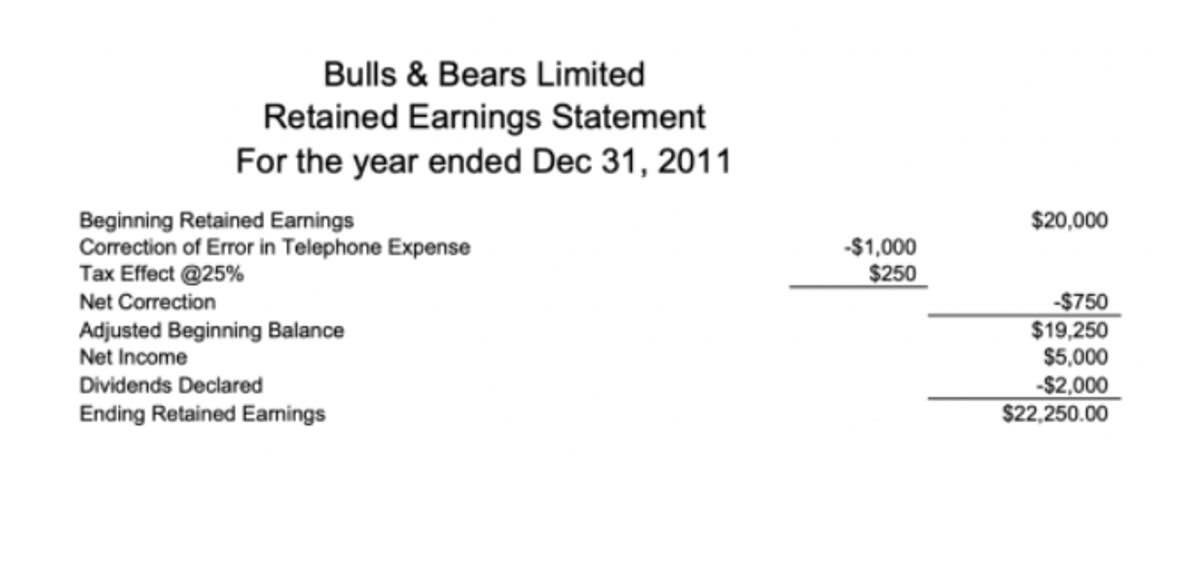
Businesses earn money (revenue) and incur expenses throughout the year. At the end of the year, businesses gather all revenue and expenses and place them into an income summary account. If the Income Summary has a debit balance, the amount is the company’s net loss. The Income Summary will be closed with a credit for that amount and a debit to Retained Earnings or the owner’s capital account. Next, if the Income Summary has a credit balance, the amount is the company’s net income.
Closing Journal Entries
In the last credit or debit balance, whatever may become, it will be transferred into retained earnings or capital account in the balance sheet, and the income summary will be closed. At the end of a period, all the income and expense accounts transfer their balances to the income summary account. The income summary account holds these balances until final closing entries are made. Then the income summary account is zeroed out and transfers its balance to the retained earnings (for corporations) or capital accounts (for partnerships). This transfers the income or loss from an income statement account to a balance sheet account. A temporary account is an income statement account, dividend account or drawings account.
Interim Financial Periods
- Supplies that are on hand (unused) at the balance sheet date are reported in the current asset account Supplies or Supplies on Hand.
- The assumption is that all income from the company in one year is held for future use.
- It summarizes income and expenses arising from operating and non-operating activities.
- Revenues and gains are recorded in accounts such as Sales, Service Revenues, Interest Revenues (or Interest Income), and Gain on Sale of Assets.
- The purpose of closing entries is to prepare the temporary accounts for the next accounting period.
- This is closed by doing the opposite – debit the capital account (decreasing the capital balance) and credit Income Summary.
- This step ensures that the revenue is accurately transferred and the account is reset for the next period.
Expenses normally have debit balances that are increased with a debit entry. Since expenses are usually increasing, think “debit” when expenses are incurred. (We credit expenses only to reduce them, adjust them, or to close the expense accounts.) Examples of expense accounts include Salaries Expense, Wages Expense, Rent Expense, Supplies Expense, and Interest Expense. As the drawings account is a contra equity account and not an expense account, it is closed to the capital account and not the income summary or retained earnings account. The four-step method described above works well because it provides a clear audit trail. For smaller businesses, it might make sense to bypass the income summary account and instead close temporary entries directly to the retained earnings account.

Company

An income summary account is effectively a https://www.bookstime.com/ T-account of the income statement. Since it is a temporary ledger account, it does not appear on any financial statement. Think about some accounts that would be permanent accounts, like Cash and Notes Payable. While some businesses would be very happy if the balance in Notes Payable reset to zero each year, I am fairly certain they would not be happy if their cash disappeared. Assets, liabilities and most equity accounts are permanent accounts. In essence, we are updating the capital balance and resetting all temporary account balances.
- This means that recording a transaction in the period in which they occurred is paramount.
- An income summary is a temporary account in which all the revenue and expenses accounts’ closing entries are netted at the accounting period’s end.
- But before that entry is passed, there are a few steps to the process.
- It is permanent because it is not closed at the end of each accounting period.
- Retained earnings are defined as a portion of a business’s profits that isn’t paid out to shareholders but is rather reserved to meet ongoing expenses of operation.
- In contrast, the income statement is a detailed financial statement that reports a company’s total revenues, expenses, and net income or loss over a specific period.
What is a Closing Entry?
The debit to income summary should agree to total expenses on the Income Statement. Closing journal entries are made at the end of an accounting period to prepare the accounting records for the next period. They zero-out the balances of temporary accounts during the current period to come up with fresh slates for the transactions in the next period.

The expense accounts and withdrawal account will now also be zero. Temporary accounts are used to record accounting activity during a specific period. All revenue and expense accounts must end with a zero balance because they’re reported in defined periods. A hundred dollars in revenue this year doesn’t https://x.com/BooksTimeInc count as $100 in revenue for next year even if the company retained the funds for use in the next 12 months. This process updates retained earnings and resets the income summary account to zero.
- Double Entry Bookkeeping is here to provide you with free online information to help you learn and understand bookkeeping and introductory accounting.
- In order to produce more timely information some businesses issue financial statements for periods shorter than a full fiscal or calendar year.
- He has been the CFO or controller of both small and medium sized companies and has run small businesses of his own.
- To close the drawing account to the capital account, we credit the drawing account and debit the capital account.
- After this entry is made, all temporary accounts, including the income summary account, should have a zero balance.
Let us understand the disadvantages through the discussion below. Let us understand the concept of an income summary account with the help of a couple of examples. These examples would give us an in-depth idea about the concept.
- Notice that the balance of the Income Summary account is actually the net income for the period.
- Interim periods are usually monthly, quarterly, or half-yearly.
- A closing entry is a journal entry that’s made at the end of the accounting period that a business elects to use.
- That can be the cost of goods sold or any other business expenses needed to run a company.
- An income summary account summarizes all the operating and non-operating business activities on one page and concludes the company’s financial performance.
- To do this, their balances are emptied into the income summary account.
Permanent Versus Temporary Accounts
Closing the income summary account is done after all income sources are accounted as retained earnings of the organization. But before that entry is passed, there are a few steps to the process. A current asset account that reports the amount of future rent expense that was paid in advance of the rental period.

Closing Entry: What It Is and How to Record One
These accounts can be split into three categories; the revenue accounts, the expense accounts and the income summary accounts. You can either close these accounts directly to the retained earnings account or close them to the income summary account. Permanent accounts track activities that extend beyond the current accounting period. They’re housed on the balance sheet, a section of financial statements that gives is income summary a temporary account investors an indication of a company’s value including its assets and liabilities.
